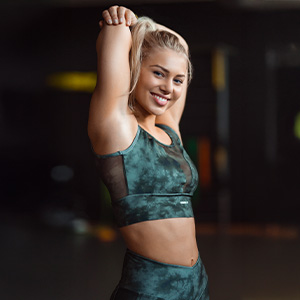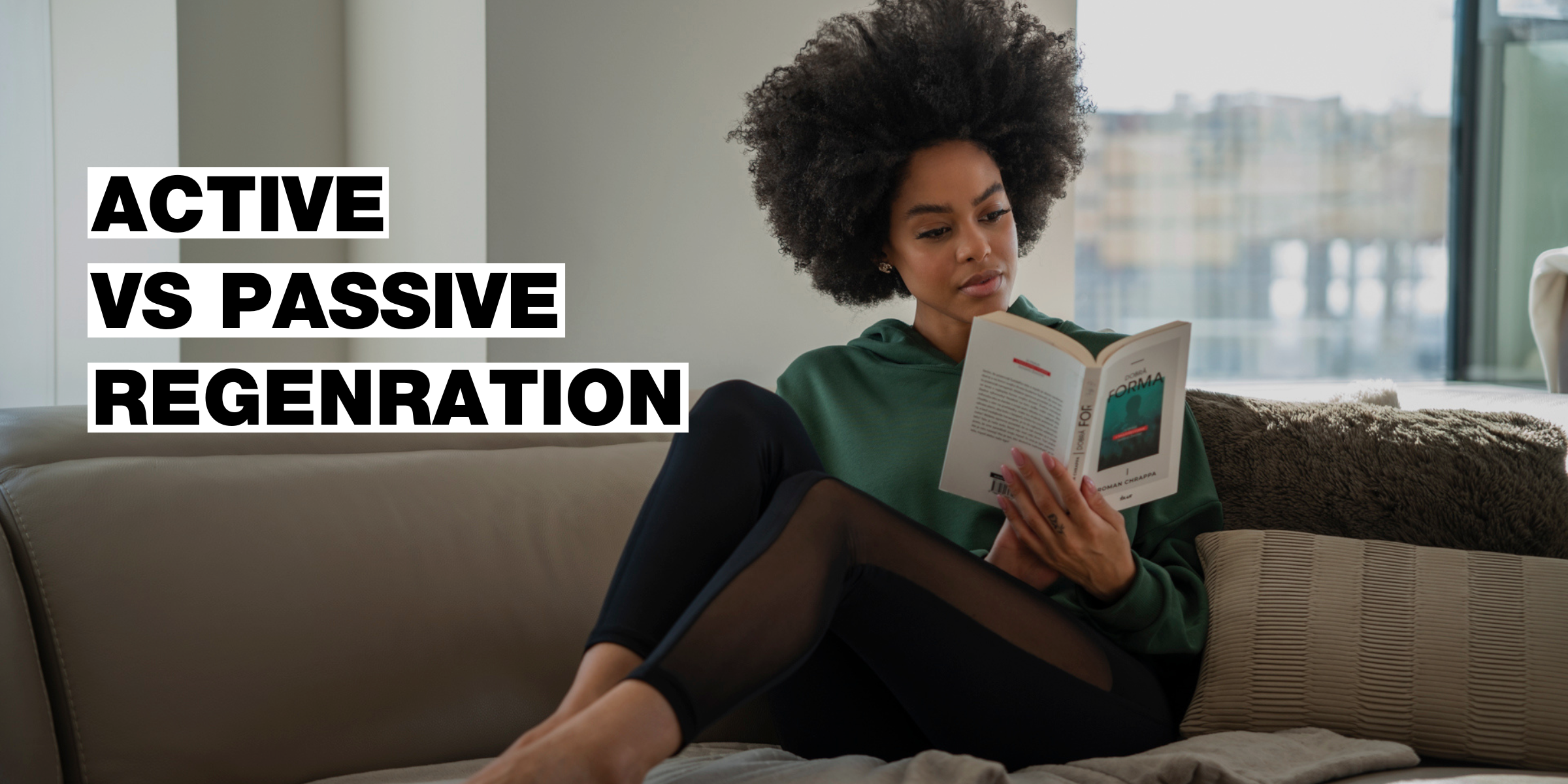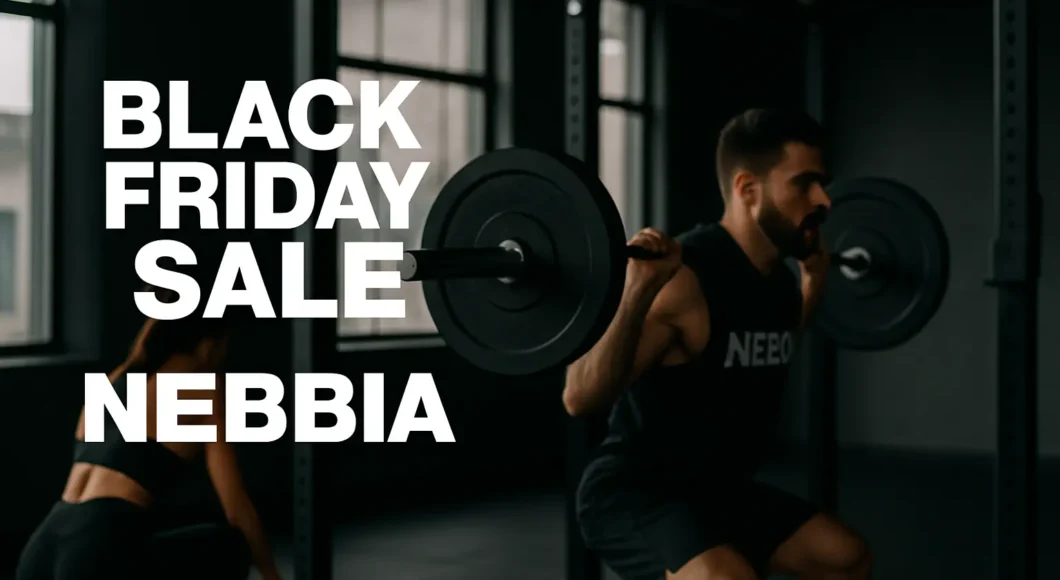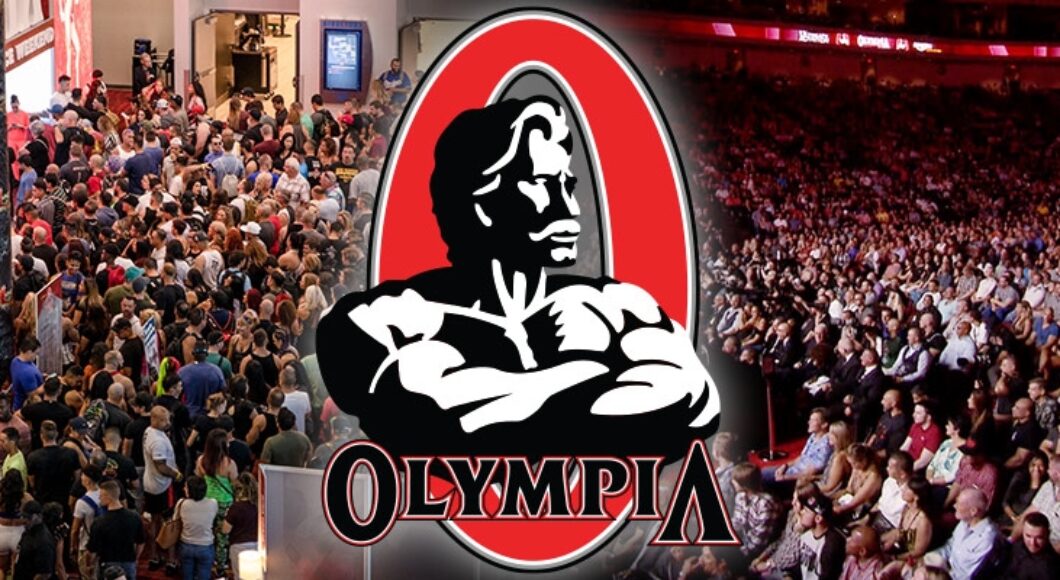You have just finished your intense training. Now, it is time to regenerate, which is often underestimated. Training is only a piece of the puzzle to reach your dream figure and physical shape. What you do in the remaining 23 hours is just as important. In this article, you will learn about the influence of active rest on your next workout.
Passive vs. active recovery
Passive rest does not require any kind of activity. Your body is in a state of absolute calm, you let it relax and loosen up. Passive regeneration is necessary if you are physically or mentally exhausted, as well as after injuries or during pains. Active recovery is the opposite – you focus on light, easy movement and light sports activities.
Benefits of active regeneration
If none of the aforementioned problems concerns you, you should focus more on active rest. Several studies comparing the results of active and passive regeneration have been conducted. The active one came out as the winner. When utilising active recovery over a long period of time, benefits such as these were observed:
- A lower amount of lactic acid in the muscles, which minimises the tenderness and soreness of muscles
- Stimulation of blood flow, which helps decrease inflammation and improves muscle nourishment
- A purge of toxins created during the workout
- Maintaining of physical shape and support of the cardiovascular system
On top of that, active rest helps mental health and should be part of your mental hygiene. During a walk with your closest people, you will clear your mind and forget the obligation to make an effort during any activity.
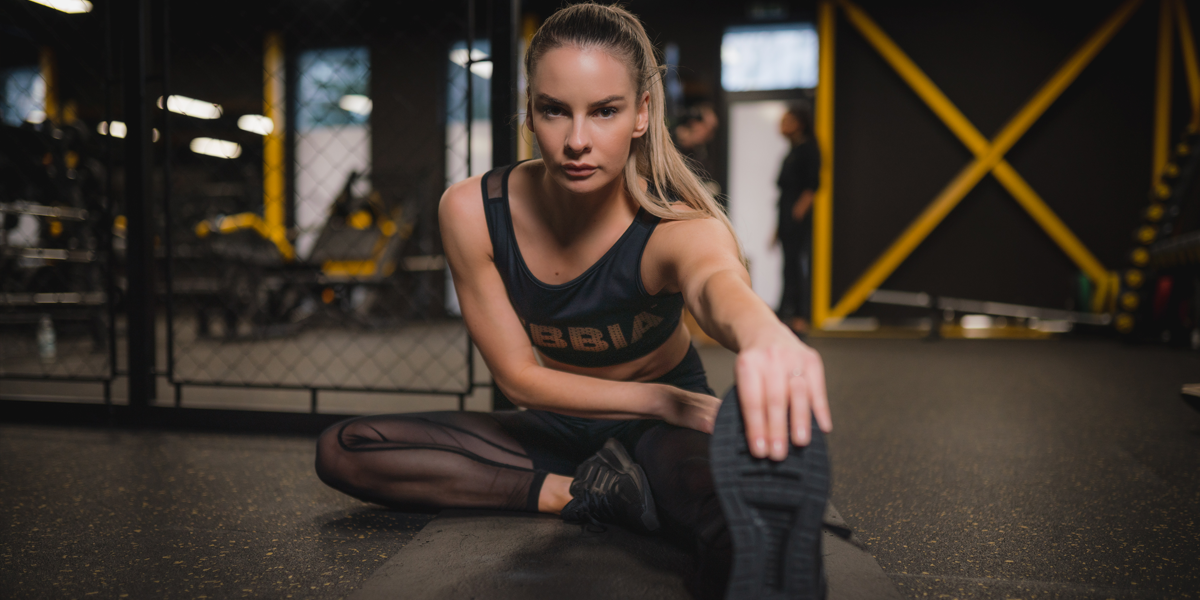
Active recovery and HIIT
High-intensity interval training (HIIT) creates acute physiological adaptations, which lead to high levels of lactate. That is why you should not just sit between the intervals. On the contrary, light activity during the resting phase will lower the lactate level and prepare you better for the next interval. During your next interval training, breathe out during walking, lunges or cycling.
Do you always give it your max? Live and train to the fullest with our INTENSE collection.
You should dedicate your time to active recovery immediately after your workout and during your rest days:
As cooldown
Immediately after the final interval, you should not stay passive. A stationary bike is best, where you can spend a few minutes spinning at a light tempo.
On rest days
Active rest triggers adaptation mechanisms that would otherwise not be activated with a passive recovery. This way, you can consciously support your effort for the upcoming workout on a rest day. All you need to do is to find a sports activity you enjoy and which lets you keep your heart rate at the level of 30 – 60 % of your maximum. Typical regeneration activities include:
- Walks, hiking
- Light jogging
- Swimming
- Yoga
- Massage
- Cycling
- Myofascial relaxation using a foam roller
- Light strength workout ( with your own body weight, technique practice, mobilisation exercises etc.)
Keep in mind that in order to improve the efficiency of HIIT, a proper way of post-training regeneration is just as important as the training itself. A healthy lifestyle means being dedicated to your dream 24/7.
Is fitness your whole life? We bring you 5 tips on how to break hrough in the fitness modelling world.

































